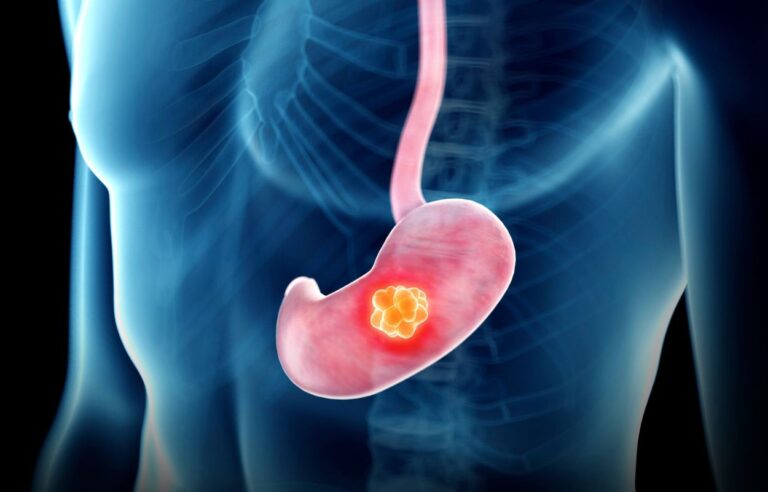Gastric cancer (stomach cancer) remains a major global health challenge—even as diagnosis and treatment advance every year. Below you’ll find a clear, practical overview: where we’ve come from, where things stand today, how it’s found and treated, and what you can do to lower risk.
A short history: from bold surgery to biomarker-driven care
In 1881, Theodor Billroth performed the first successful distal gastrectomy for cancer—an audacious milestone at a time when anesthesia, antisepsis, and transfusion medicine were rudimentary, and surgical mortality was high. Over the next century, safer anesthesia, antibiotics, and refined lymph-node dissections transformed outcomes. Today, surgery is paired with peri-operative chemotherapy, precise pathology, and targeted/immunotherapy selected by tumor biomarkers—an arc of progress unimaginable in Billroth’s era.
Today’s global picture (and why it matters)
The latest GLOBOCAN 2022 estimates show stomach cancer among the world’s most common cancers, with substantial geographic variation in incidence and mortality. Asia bears the largest share of cases.
In the United States, 2025 estimates project ~30,300 new cases and ~10,780 deaths. Five-year relative survival overall is ~38%, but it varies widely by stage (see “Prognosis” below).
Looking ahead, modeling based on GLOBOCAN 2022 projects tens of millions of cases in coming decades if current trends continue—about 76% attributable to chronic Helicobacter pylori infection, a preventable cause.
Causes & risk factors
Most gastric cancers are adenocarcinomas and arise from a mix of environmental, infectious, and hereditary influences.
Infections: Chronic H. pylori is a Group 1 (definite) carcinogen and the dominant modifiable driver; eradication lowers future cancer risk. Epstein–Barr virus (EBV) defines a molecular subtype.
Lifestyle & environment: High-salt/smoked/preserved diets, tobacco use, heavy alcohol, and obesity increase risk; diets rich in fruits/vegetables and smoking cessation are protective. Cancer.gov
Precursor conditions: Chronic atrophic gastritis, intestinal metaplasia, pernicious anemia, and gastric adenomatous polyps. Cancer.gov
Hereditary syndromes: Pathogenic variants in CDH1 (Hereditary Diffuse Gastric Cancer, HDGC) and less commonly CTNNA1. In high-risk CDH1 families, risk-reducing total gastrectomy is often advised after specialized counseling. The LancetCancer.gov
Common symptoms (and when to act fast)
Early gastric cancer can be silent. When symptoms do appear, they may include: persistent indigestion, early satiety, unexplained weight loss, iron-deficiency anemia, abdominal pain, nausea, vomiting, or black/tarry stools. Any combination that persists beyond a few weeks—especially with weight loss or bleeding—warrants prompt evaluation.
How gastric cancer is diagnosed and staged
Upper endoscopy (EGD) with biopsy is the gold standard for diagnosis; endoscopic ultrasound (EUS) helps assess depth and local nodes. Cross-sectional imaging (CT ± PET/CT) evaluates spread. For potentially operable disease, staging laparoscopy with peritoneal cytology is recommended to detect occult peritoneal metastases. Annals of Oncology
Pathology & molecular profiling: Tumors are classified by histology (e.g., Lauren intestinal vs diffuse) and tested for biomarkers that guide therapy: HER2, MSI/MMR, PD-L1 (CPS), and CLDN18.2. NCCN 2025 recommends universal MSI/MMR testing and, when advanced/metastatic disease is suspected, testing for HER2, PD-L1, and CLDN18.2 at diagnosis. JNCCNAnnals of Oncology
Companion diagnostics: For CLDN18.2, the FDA-approved VENTANA CLDN18 (43-14A) RxDx assay identifies candidates for zolbetuximab. Diagnostics
Treatment options (stage by stage)
Early-stage disease
Endoscopic resection (EMR/ESD) for select very early, superficial tumors.
Surgery (subtotal or total gastrectomy) with appropriate lymph-node dissection remains curative for many localized cancers, often integrated with chemotherapy. D2 lymphadenectomy is the standard in high-volume centers. SpringerLink
Locally advanced, resectable disease
Peri-operative chemotherapy is standard in Western practice. The FLOT regimen (5-FU/leucovorin, oxaliplatin, docetaxel) improved overall survival versus older triplets and is widely adopted. Ongoing trials are evaluating immunotherapy added to FLOT. The LancetEJCancer
Unresectable or metastatic disease (systemic therapy is tailored by biomarkers)
HER2-positive: Trastuzumab + chemotherapy is foundational; adding pembrolizumab to trastuzumab + chemo received traditional FDA approval in March 2025 based on KEYNOTE-811 (OS and PFS benefit). The Lancet+1U.S. Food and Drug Administration
PD-L1–expressing / all-comers: Nivolumab + chemotherapy is an FDA-approved first-line option that improved overall survival (CheckMate-649). U.S. Food and Drug AdministrationThe Lancet
CLDN18.2-positive: Zolbetuximab (Vyloy) + chemo is FDA-approved (Oct 2024), with an FDA-cleared Roche companion diagnostic. Drugs.comReuters
Second line and beyond: Ramucirumab (alone or with paclitaxel) improves survival after prior chemotherapy. Other options depend on prior therapy, biomarkers, and performance status; clinical trials are encouraged. OncLiveThe Lancet
Radiation therapy
Used selectively: for symptom control (bleeding, pain), for positive margins, or in adjuvant strategies depending on surgical technique and regional practice patterns.
Supportive & integrative care
Nutrition (dietitian-led plans, enteral support when needed) is essential before and after gastrectomy.
Rehabilitation & survivorship: address weight loss, anemia, dumping syndrome, bone health, and psychological support.
Palliative care should be offered early alongside disease-directed therapy to improve quality of life.
Prognosis: what the stage tells us
Outcomes vary by extent of spread at diagnosis. U.S. SEER data show estimated 5-year relative survival of ~75% (localized), ~35% (regional), and ~7% (distant/metastatic)—illustrating the value of early detection. Cancer.gov
Prevention & early detection
Test-and-treat H. pylori: Eradication reduces the future risk of gastric cancer and is a cornerstone of population-level prevention where prevalence is high. Cancer.gov
Healthy habits: Stop smoking; moderate alcohol; reduce salt and heavily preserved foods; favor produce-rich diets; maintain a healthy weight. Cancer.gov
Screening where appropriate: Countries with high incidence (e.g., Japan, South Korea) show mortality reduction with organized endoscopic screening programs; individuals at very high hereditary risk require tailored surveillance and counseling. IARC PublicationsPLOS
Know your family history: Families meeting IGCLC criteria should be referred for genetics; CDH1 carriers often consider risk-reducing surgery in specialized centers.
Key takeaways for patients
Gastric cancer is treatable—and often curable—when found early.
The right tests up front (HER2, MSI/MMR, PD-L1, CLDN18.2) open doors to the most effective targeted and immune therapies.
Ask about multidisciplinary care (surgical oncology, medical oncology, radiation oncology, gastroenterology, pathology, dietetics) and clinical trials.


